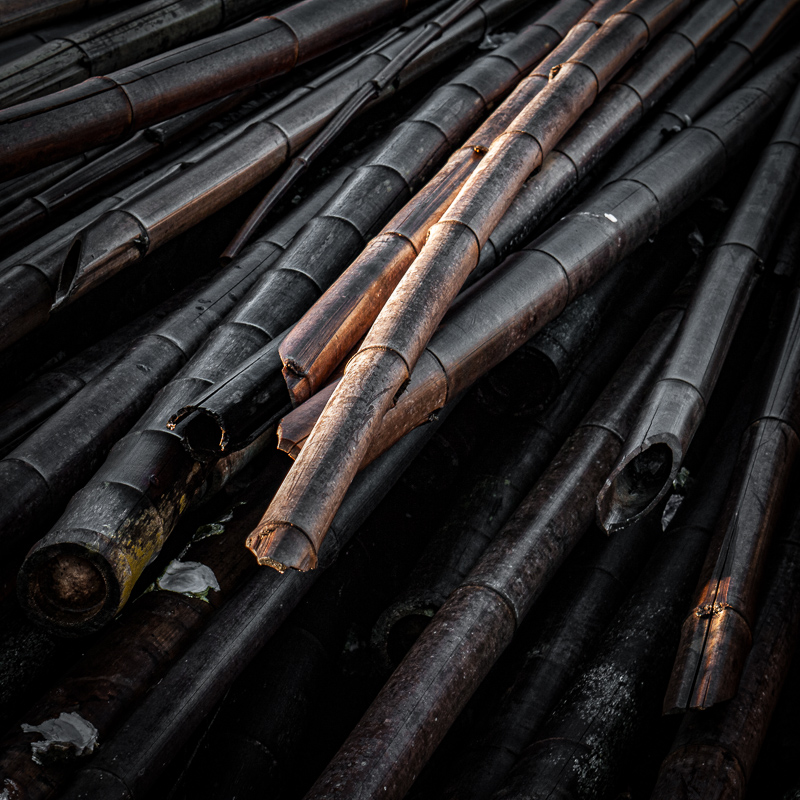Every Picture Is a Compromise
Lessons from the Also-rans
Most photography websites show the photographer's very best work. Wonderful. But that's not the full story of a creative life. If we want to learn, we'd better pay attention to the images that aren't "greatest hits" and see what lessons they have to offer. Every picture is a compromise — the sum of its parts, optical, technical, visual, emotional, and even cosmic – well, maybe not cosmic, but sometimes spiritual. Success on all fronts is rare. It's ok to learn from those that are not our best.
This is a series about my also-rans, some of which I've been able to improve at bit (i.e., "best effort"), none of which I would consider my best. With each there are lessons worth sharing, so I will.

Previous image | Next image |
Original digital capture

Composition via Isolation
Many photographers think geometrically about composition — for example, rule of thirds or leading lines. One of the most powerful compositional ideas is isolation. A common strategy is to use light to isolate a portion of the image against a background. Sometimes this is known as "layering." This week includes examples of this powerful compositional tool.
What I saw that I liked:
I found this stack of wet bamboo in a small fishing village on the coast of Japan.
What I don't like in the picture:
The upper left and the right edge both have light colored bamboo that distracts.
What I learned:
A little cropping to a square eliminated the distraction, but I also noticed that an increase in contrast to push the darker bamboo to a deeper shade of dark brown helped isolate the top stalks that were in the morning sun. That hint of isolation of the top bamboo to the rest of the stack makes this image much more three-dimensional. |
|


